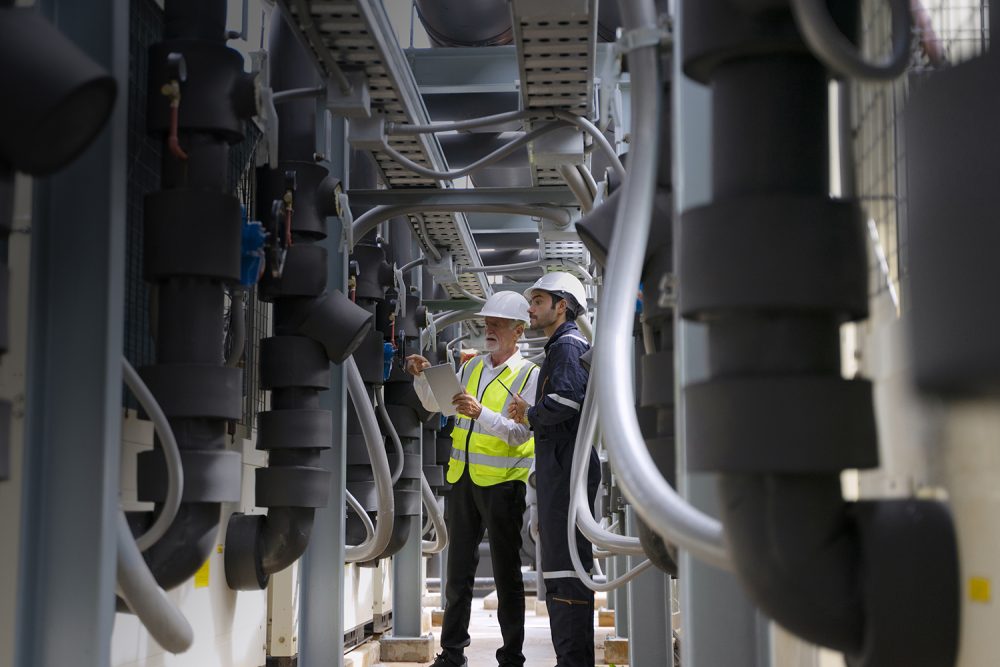IIoT: Towards Connected, Secure, and Continuous Production

Industrial digitalization is progressing steadily, driven by the need for more efficient, resilient, and sustainable production environments. In this context, the Industrial Internet of Things (IIoT) is emerging as a key lever to achieve connected, secure, and continuous production.
Industry leaders agree on three priorities: real-time visibility of assets, useful and efficient information across the supply chain, and increased capacity and performance in factories. To meet these challenges, it is essential to securely connect machines and people, implement technology solutions focused on operations, and leverage the data generated to describe, predict, and transform business processes.
This transformation requires connecting manufacturing lines with IT systems, which means going beyond traditional physical security in industrial environments. Today, cybersecurity becomes a critical new ally to ensure business continuity, while high-speed connectivity forms are the foundation upon which the sector’s digitalization is built.
Security, Visibility, and Resilience: The Keys to IIoT
The convergence between IT (Information Technology) and OT (Operational Technology) environments is a strategic necessity. However, both worlds have evolved at different paces. While IT has developed mature infrastructures with security policies, segmentation, and centralized control, OT has prioritized availability and continuity, without being prepared for external threats.
Bridging this gap requires solutions that ensure security, visibility, and resilience—always without interrupting operations, which is one of the main premises of the industrial sector. This is where certain technologies make a difference.
Such is the case with Cisco Cyber Vision, a solution specifically designed for OT environments. It provides full visibility of all devices connected to the industrial network, data flows, changes, and process variables. It detects known and unknown threats, anomalous behaviors, and emerging attacks without interfering with operations. Its native integration with Cisco infrastructure enables non-invasive and scalable deployment, ideal for protecting without slowing down production.
Meanwhile, Cisco ISE, widely used in IT environments, can be extended to the OT world thanks to its integration with Cyber Vision. This combination allows for dynamic access policies based on OT traffic analysis. If an unauthorized device or anomalous behavior is detected, ISE can act immediately: isolate, restrict, or trigger automatic responses from the SOC.
This approach enables the deployment of the Zero Trust model in OT as well, leveraging existing infrastructure. Moreover, the synergy between both worlds is complete: OT intelligence enriches IT security decisions, and centralized IT policies are precisely applied in OT.
Ultimately, IIoT not only connects devices—it connects and enhances capabilities. Doing so in a secure, visible, and resilient way is the key for the industry to move toward smarter, more efficient, and future-ready production.